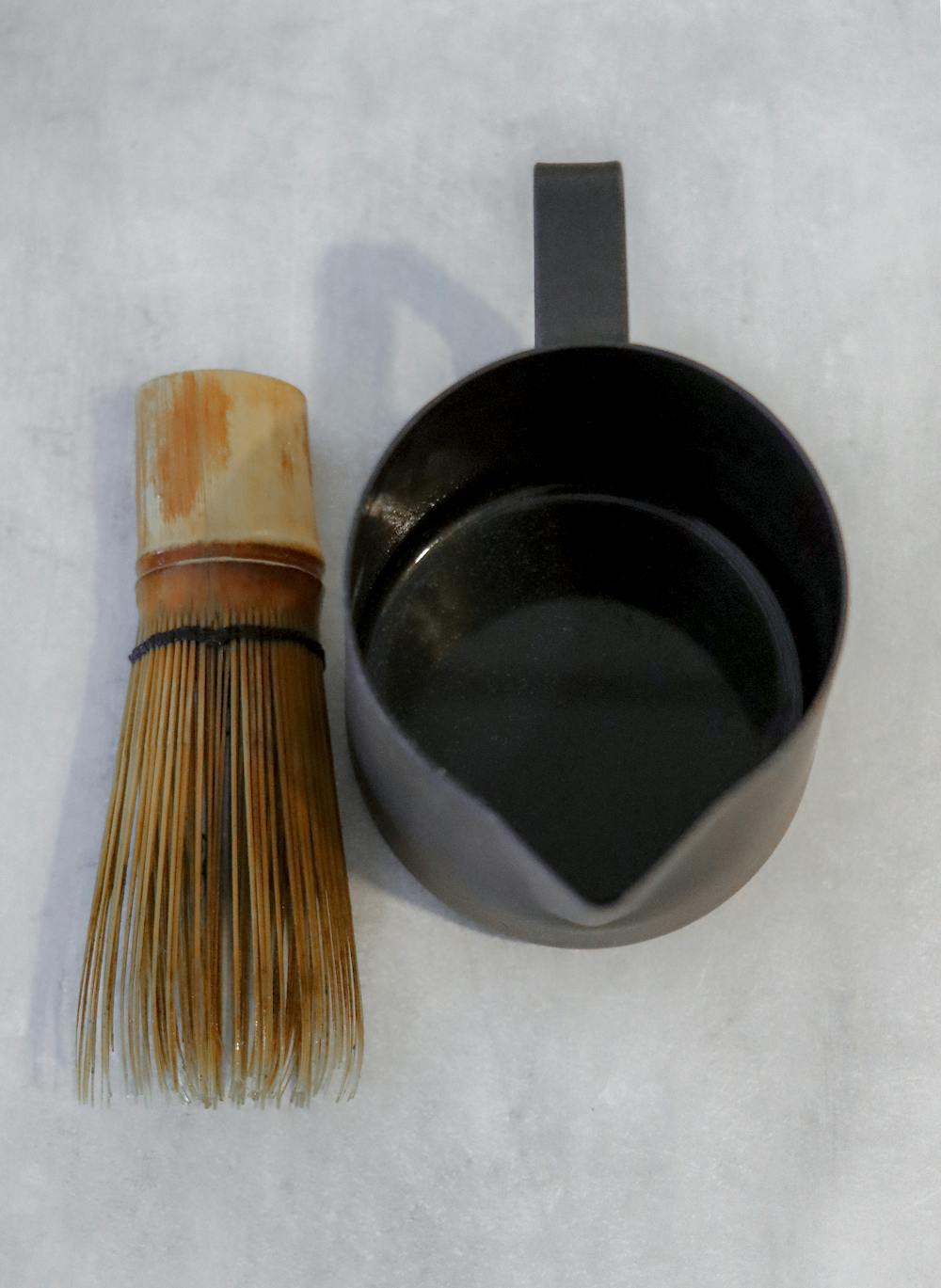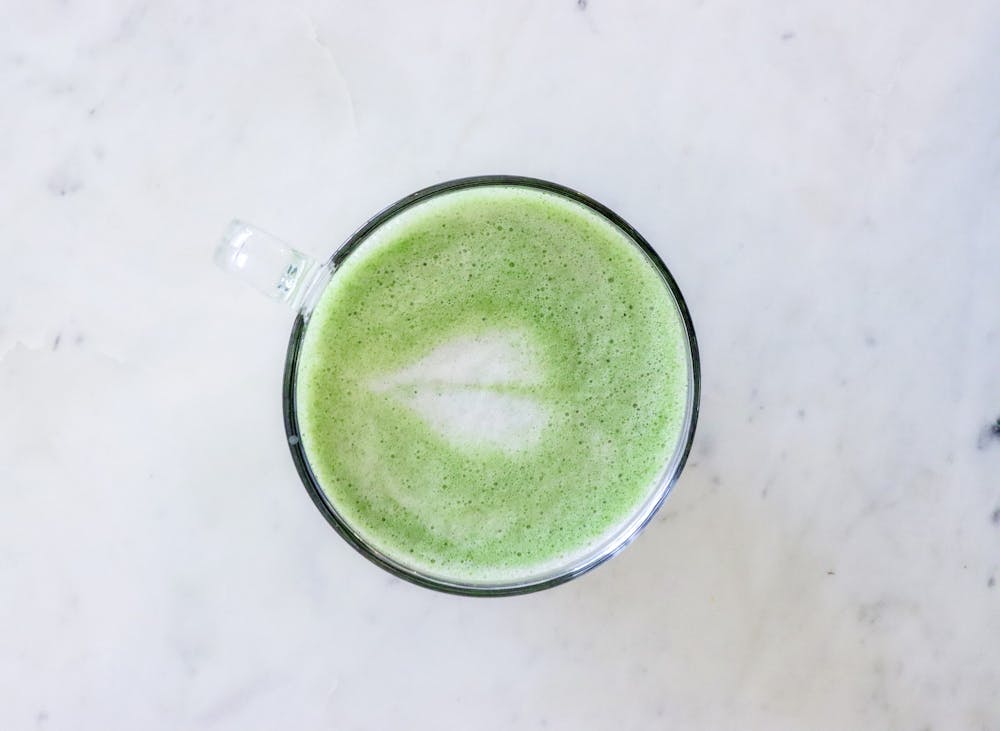There are a select few things in life that just hit different: the sound of rain whilst vibing, flipping to the soft side of a pillow and that first sip of matcha tea. The drink is a Japanese green tea variant that takes young tea leaves and grinds them into a fine powder. When prepared in drink form, it has a smooth vegetal yet sweet taste with faint chalky undertones. The unfathomable wonder that is matcha tea ascends the planes of comfort and finds itself seated at the zen throne.
For many, it's a consumable reprieve that reminds them that everything is alright. For some, it's the glue that kept their mental sanity intact throughout the twelve-month temporal hazard that was 2020. For me, it is Kid Cudi’s Pursuit of Happiness in beverage form, the sole reason I made it through last Thursday and the ultimate passport to putting everything in perspective. However, aside from being a drink best devoured with closed eyes, matcha tea is a drink with a heavy Japanese cultural history and it helps to know the significance of the hot beverage.
With roots in the Chinese Tang Dynasty, a time of great territorial expansion as the Chinese culture boomed, green tea was routinely traded until the 12th century arrived when the method of powdered tea proliferated during the Song Dynasty. The Song dynasty was simply a continuation of the same, gunpowder, the compass and typography were invented. The earliest use of paper money occurred and those vibrant cultural changes fit in very well with the introduction of matcha tea.

A chasen, or bamboo matcha whisk, next to a milk steaming-pitcher meant for making hot matcha lattes.
History next credits Japanese Buddhist Monk, Myoan Eisai, for bringing the tea to Japan and merging the innate calming effects with his meditation sessions to advertise the appeal of this new beverage. We know this effect today to be the combination of caffeine and L-theanine, but back then they were the driving forces of one of Japan’s burgeoning elite status symbols.
Matcha is a very nutritious drink. University of New England faculty member Anne Marie Davee says, “One cup of matcha tea will have the antioxidant content equivalent to three cups of green tea. Antioxidants can be a benefit to all systems in the body. They scavenge free radicals which can damage the skin, so this leads to healthier skin [and] gums, which ultimately improves oral health.” With this in mind, there’s no doubting why there is a matcha flavored item at nearly every coffee shop these days.
The ancient Japanese persons saw this drink as sacred, (or divine-adjacent to say the least.) This phenomenon became a key aspect of spiritual life, being a part of the daily sacrifices to Buddha and perceived as an aid to achieving enlightenment. It took time, but matcha tea was engrained into society by the 16th century when the Japanese Tea Ceremony (Chado) came about as a truly standardized habit for Japanese culture. Freshman tea-drinker Juhi Patel states that her first matcha experience was through her friend’s Japanese dad who showed her the traditional preparations. Little did he know that he would start up a tea-drinking habit that would get her through college midterms.
It is a multi-hour yet solemn way to express hospitality, and the use of matcha coaxes everyone into an enjoyable atmosphere. The ceremony is built upon four main pillars: tranquility, purity, respect, and harmony. All being admirable qualities, the true power is the serene environment the ceremony puts its participants through, so next time you drink, try a smaller version where you settle your thoughts in order to enjoy the true power of the tea. Each of these actions is fundamental to a zen lifestyle and can be transferred to many students in our own situation.
Matcha tea, like many things in life, has been around for many years before us and will hopefully continue for many after. With every sip, you unknowingly partake in history and tap into a lasting legacy of calm and comfort that is rarely this easy to find. Honestly, there are so many forms to partake by, freshman Fatima Jatoi finds that "a cold latte is more refreshing" than the more soothing and traditional hot tea form. Also, this is not meant to be taken alone, but rather with friends and loved ones to better equip your support group with the grace necessary to navigate everyday living. So embrace the story and order one next time at your local coffee shop, you might find that this is a habit you won’t mind picking up.



